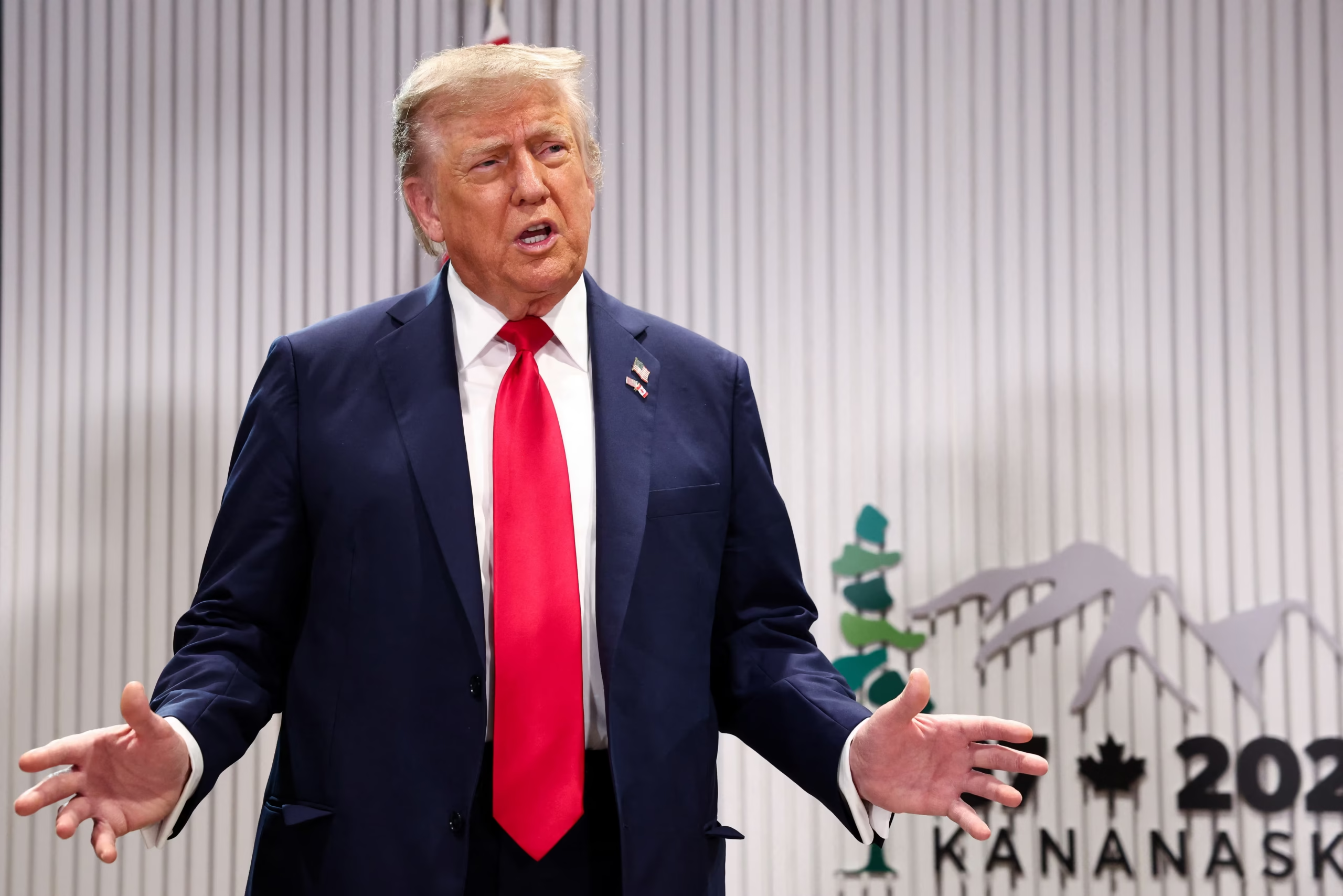As tensions flare in the Middle East, questions are growing louder: Is President Donald Trump pushing the United States toward a direct military confrontation with Iran? Though not officially in office, Trump’s influence over the Republican Party and potential return to the White House in 2025 makes his stance highly consequential.
Trump’s Rhetoric and Influence
Trump has consistently voiced strong support for Israel, particularly in the wake of its escalations with Iran. His recent public remarks have been sharply critical of Iran, describing the regime as a global threat and suggesting that only maximum pressure—or force—will keep the region stable. He’s also blamed the Biden administration for being “weak” on Tehran and suggested that had he been in office, Iran would not have acted so boldly.
Such rhetoric has prompted speculation that if Trump were to return to power—or even as he campaigns—he could push for a more aggressive U.S. role in the conflict, including potential strikes or military support to Israeli operations.
Policy vs. Provocation
While Trump did not start a war with Iran during his presidency, he did authorize the killing of General Qasem Soleimani in 2020, a move that brought the U.S. and Iran dangerously close to open warfare. His administration imposed heavy sanctions, withdrew from the Iran nuclear deal, and tightened alliances with Gulf nations opposing Tehran.
If re-elected, Trump is expected to resume this “maximum pressure” approach. Critics warn that this strategy, if paired with renewed Israeli offensives, could corner the U.S. into direct confrontation—especially if American assets or allies are attacked.
Strategic Calculations
For now, the U.S. military presence in the Gulf remains cautious, aiming to prevent escalation. However, if Iran retaliates or if conflict spreads across Lebanon, Syria, or Iraq, the pressure on Washington to respond could intensify.
Analysts suggest Trump’s aggressive posturing may embolden hardliners in Israel and within the U.S. defense establishment, reducing the space for diplomacy.
Conclusion
While Trump is not currently in office, his rhetoric and political platform are increasingly hawkish toward Iran. Whether or not he directly “drags” the U.S. into war depends on future developments—but the risk of deeper involvement is rising, especially if his views return to official policy. As the 2024 election looms, voters may have to weigh not only domestic issues but also the real possibility of renewed conflict in the Middle East.











